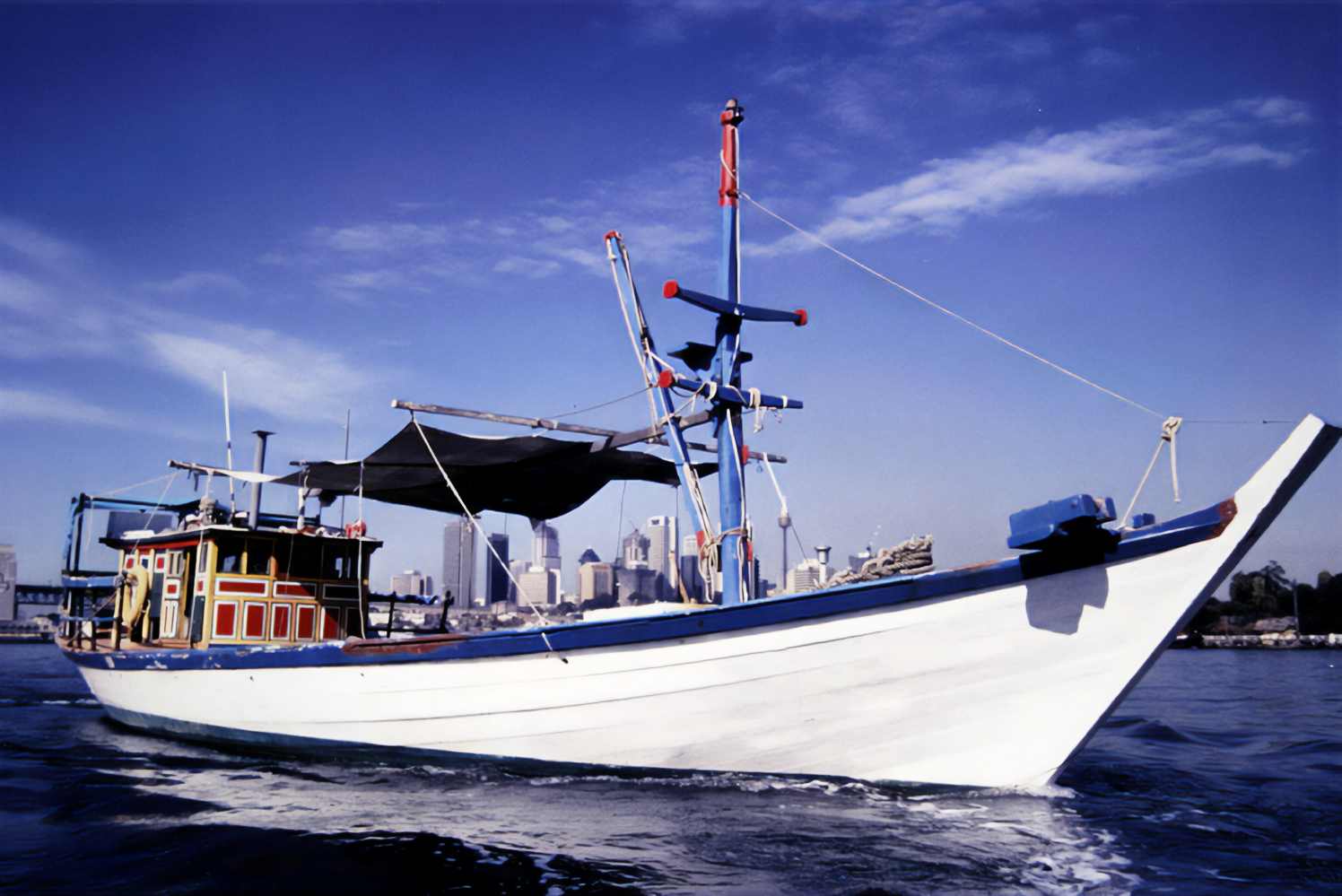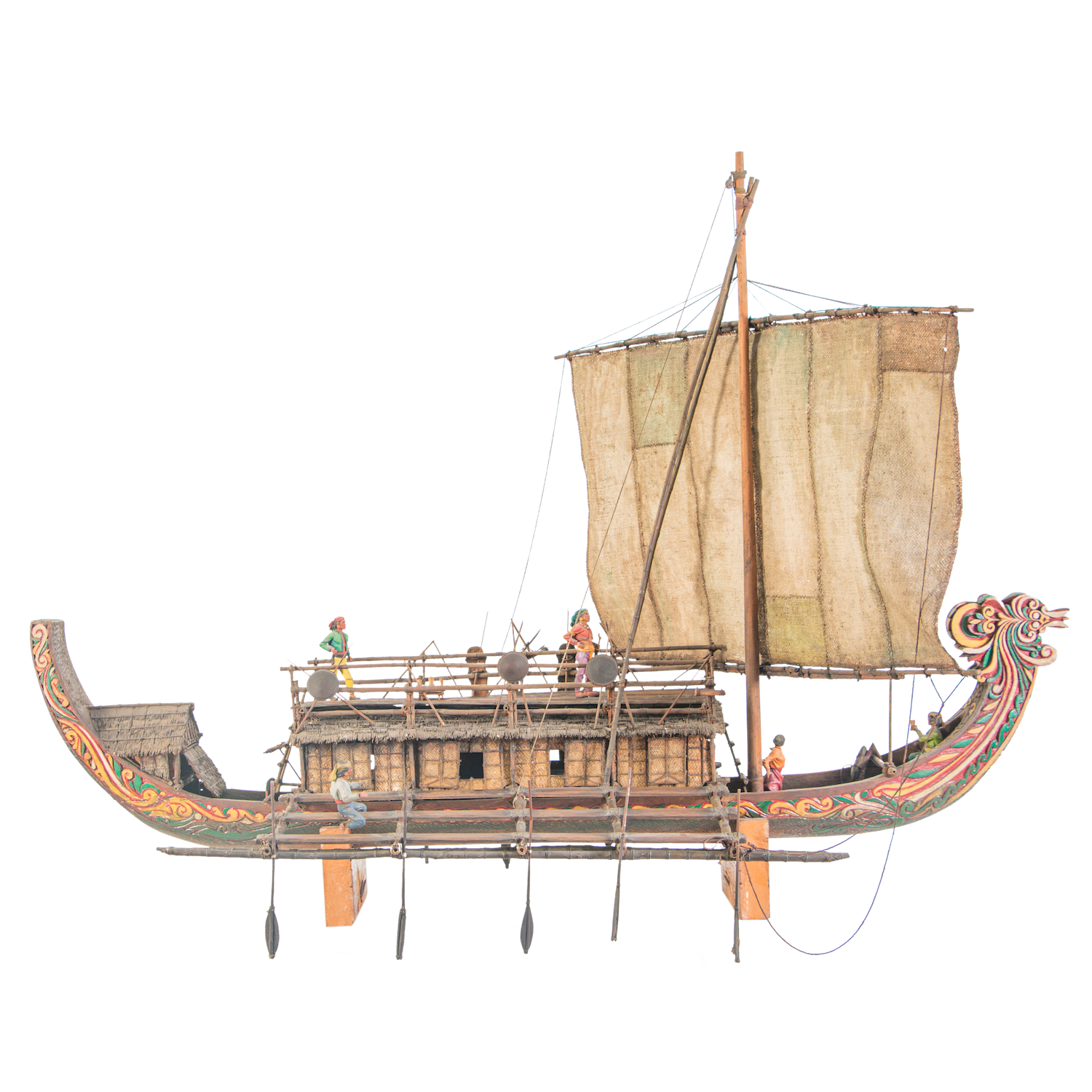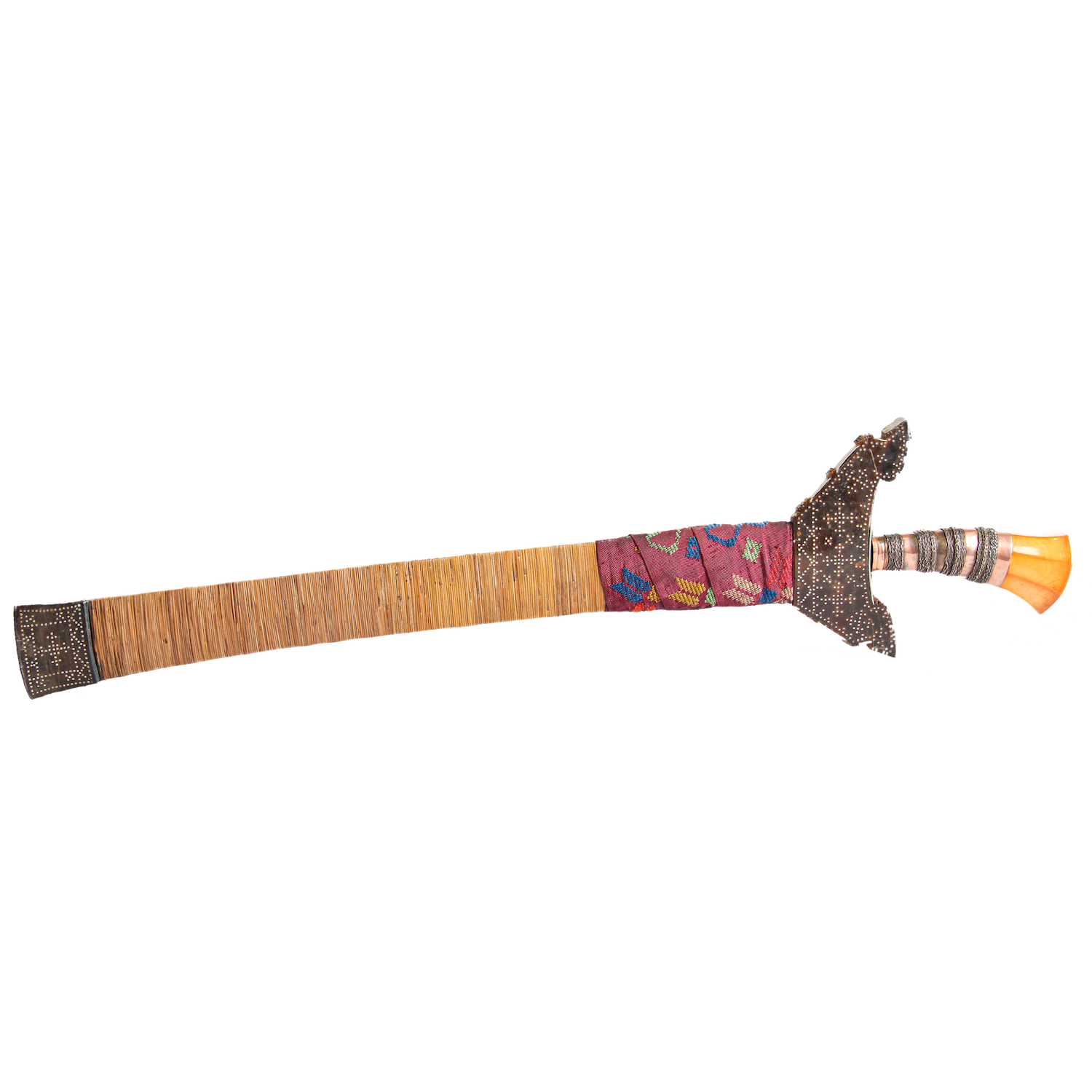
Colonialism & Its Legacies
The arrival of European traders and missionaries to Southeast Asia in the 16th century brought new dynamics to regional trade.
The Dutch East India Company (VOC) established a trade network across port cities in Asia, with its administrative centre in Batavia. The VOC brought valuable silver coins from Europe to be traded for textiles and spices, which were then taken on large ‘‘return ships’ back to Amsterdam. Amongst the cargo of the Batavia, a VOC ship wrecked off the coast of Western Australia in 1629, were 8,000 silver coins intended for trade.
The European maritime trade was often resisted and disrupted by regional powers. This is evident in the caracoa (also karakoa), a pre-colonial Philippine maritime vessel primarily used as a sea raider for plunder and capturing slaves. During the Spanish colonial era, the caracoa were often used to raid European trade ships, prompting a campaign to subdue them by the colonial government. Subsequently the caracoa have often been portrayed as ‘pirate ships,’ a designation that downplays more complex regional dynamics and nuances.
The 20th century formation of new nation-states in Southeast Asia, often based on colonial-era boundaries, introduced borders that disrupted traditional fishing and navigation practices. An example is found in Phú Quốc, where boatbuilding and fishing has been practised by local communities long before the borders of the modern states of Thailand, Cambodia, and Vietnam were delineated. This complex history of movement of people across borders is embodied by the Tu Do (‘Freedom’), a traditional fishing boat from Phú Quốc, used by Vietnamese refugees to make the long sea crossing to Darwin, Australia, in 1977.
Theme image: Town plan of Batavia in the Dutch East Indies, 1681, Frederick De Wit, Collection of The Australian National Maritime Museum (00006999).




 2.png)